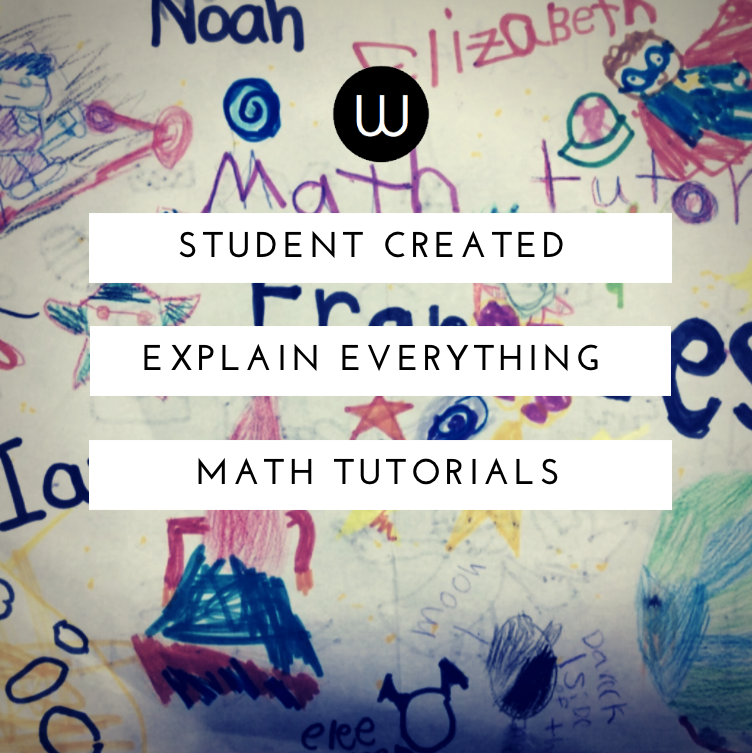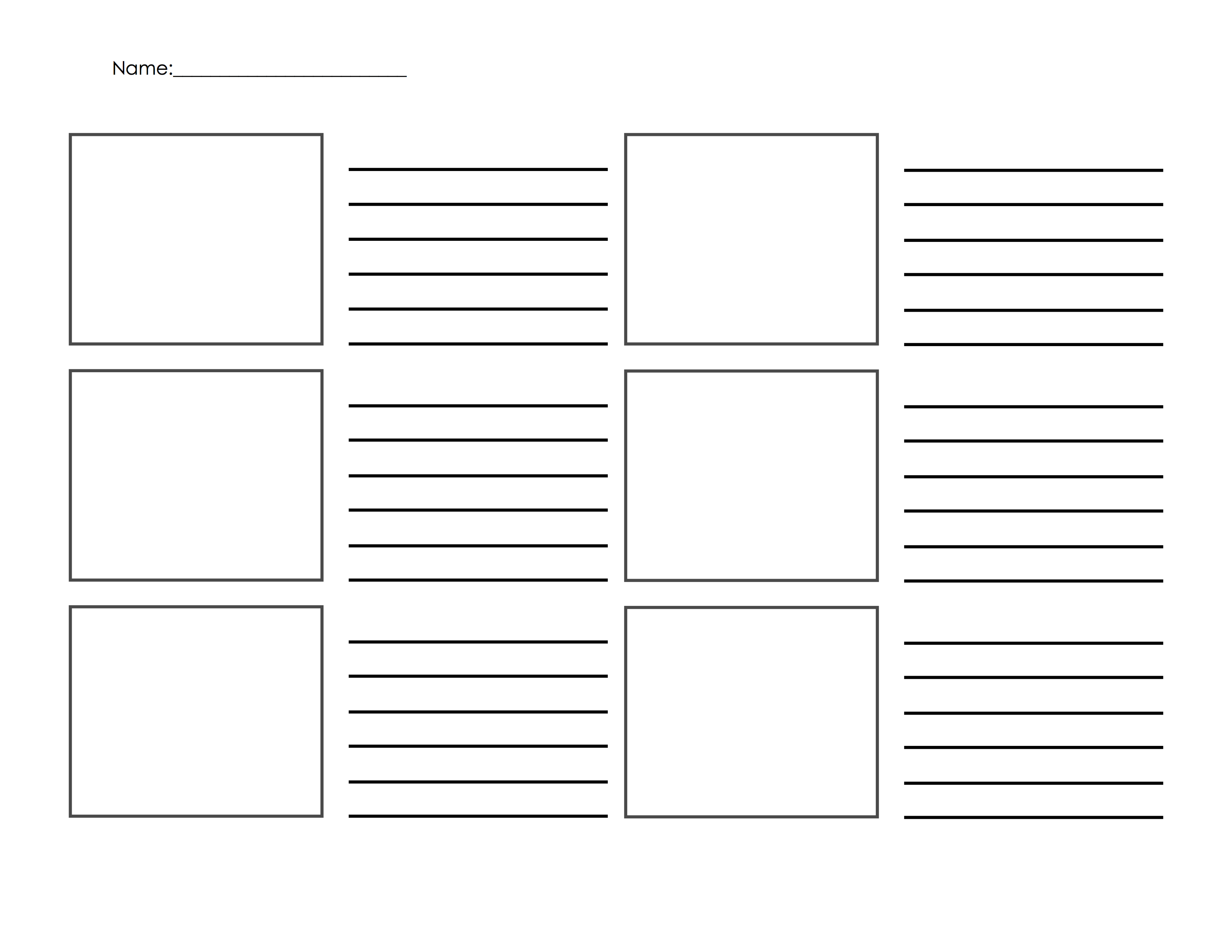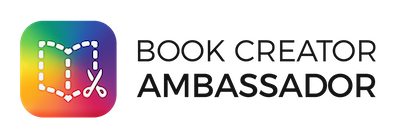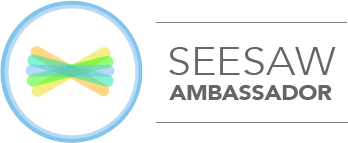One project that I really loved doing the last two years was the Math Tutorials. Students worked in pairs or individually to design and create a short tutorial using Explain Everything that showed their numeracy learning. We did this project twice through the course of the year: early in the year, and then towards the end during review. I created my own version of the project as a model.
Our learning and practice before the project included discovering a step-by-step strategy to approach the questions. This would later give us the outline for our documentary. Students chose to either pair up with a partner or complete the project alone. The students created their own questions which naturally altered the task difficulty to suit their ability. Students that understood the strategies for answering the questions (which were posted on the wall in a student created poster) were able to work more independently creating a script and illustrations, leaving me to focus on supporting those who needed it. Students where given a very simple planning sheet – which we use for multiple projects throughout the year. Students used multiple sheets depending on the complexity of their question.
I made sure that students knew that the complexity of the question wasn’t what was important but that they showed in their tutorial that they understood the strategies. Having students create illustrated introduction and conclusion slides also raised the profile of the artistic students in the class. Here are a few examples:
The greatest success of this project was the differentiation that was accommodated for simply by nature of the process.
I had a small classes: 10 and 14 students. But even with such a small number, there were a vast range range of abilities – especially in basic numeracy skills. I had some students who were doing multi-digit addition and subtraction with regrouping (Year3 standards) while a few students had never seen a vertical equation before (Kindergarten standards)*. There was also some great examples of collaboration and peer-to-peer support with our English Language Learners. It was particularly interesting to see how some students chose friends the first time around but then sort out complementary partners – based on artistic skills or language ability – these sample students sort out when we repeated the activity later in the year.
Areas of improvement in the activity would be the publishing of their work – we created the tutorials and then they were posted in their BookCreator portfolios but that was it. It would be amazing to pair up with other classes, across the hall or across the world, to use the tutorials. Maybe create an iBook or our own iTunesU course for teachers to use to teach their students.





